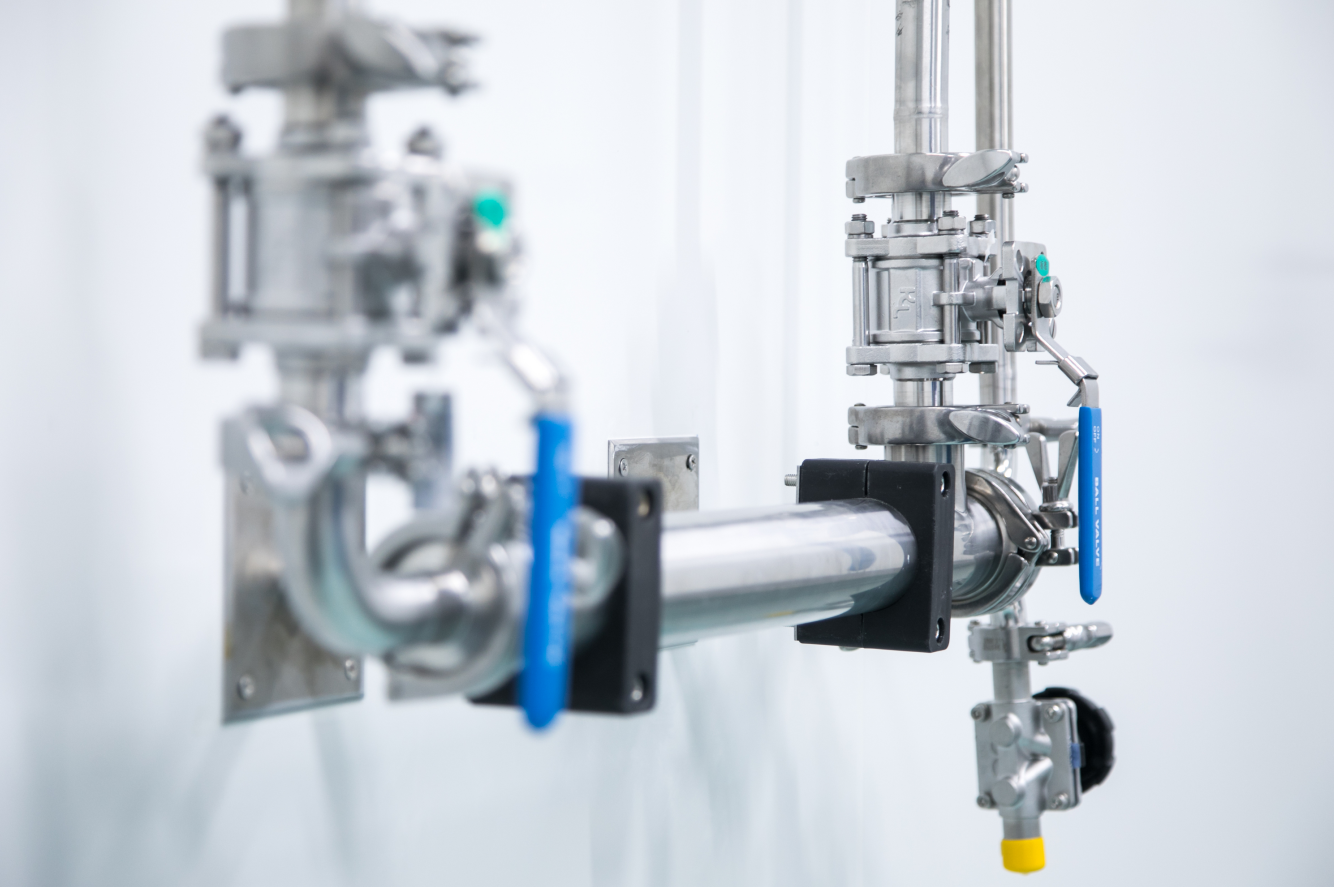I. According to power
1. Automatic valve: rely on the power of itself to operate the valve. Such as check valve, pressure reducing valve, trap valve, safety valve, and so on.
2. Drive valve: rely on manpower, electricity, hydraulic, pneumatic, and other external forces to operate the valve. Such as globe valve, throttle valve, gate valve, disc valve, ball valve, plug valve, and so on.
II. According to structural characteristics
1. Closure shape: the closing piece moves along the centerline of the seat.
2. Gate shape: the closing piece moves along the centerline perpendicular to the seat.
3. Plug shape: the closing piece is a plunger or ball that rotates around its center line.
4. Swing-open shape: the closing piece rotates around an axis outside the seat.
5. Disc shape: the closing member is a disc that rotates around the axis inside the seat.
6. Slide valve: the closing part slides in the direction perpendicular to the channel.
III. According to use
1. For on/ off: used to cut off or connect the pipeline medium. Such as stop valve, gate valve, ball valve, plug valve, and so on.
2. For adjustment: used to adjust the pressure or flow of the medium. Such as pressure-reducing valve, and regulating valve.
3. For distribution: used to change the flow direction of the medium, distribution function. Such as three-way cock, three-way stop valve, and so on.
4. For check: used to prevent the media from flowing back. Such as the check valves.
5. For safety: when the medium pressure exceeds the specified value, discharge excess medium to ensure the safety of the equipment. Such as safety valve, and accident valve.
6. For gas blocking and drainage: retain gas and exclude condensate. Such as the trap valve.
IV. According to the operation method
1. Manual valve: with the help of hand wheel, handle, lever, sprocket, gear, worm gear, etc., operate the valve manually.
2. Electric valve: operated by means of electricity.
3. Pneumatic valve: with compressed air to operate the valve.
4. Hydraulic valve: with the aid of water, oil, and other liquids, transfer external forces to operate the valve.
V. According to pressure
1. Vacuum valve: valve with absolute pressure less than 1 kg/cm 2.
2. Low-pressure valve: nominal pressure less than 16 kg/cm 2 valve.
3. Medium pressure valve: nominal pressure 25-64 kg/cm 2 valve.
4. High-pressure valve: nominal pressure 100-800 kg/cm 2 valve.
5. Super high pressure: nominal pressure to or greater than 1000 kg/cm 2 valves.
VI. According to the temperature of the medium
1. Common valve: suitable for the valve with a medium working temperature of -40 to 450℃.
2. High temperature valve: suitable for the valve with a medium working temperature of 450 to 600℃.
3. Heat resistant valve: suitable for the valve with a medium working temperature above 600℃.
4. Low temperature valve: suitable for the valve with a medium working temperature of -40 to -70℃.
5. Cryogenic valve: suitable for the valve with a medium working temperature of -70 to -196℃.
6. Ultra-low temperature valve: suitable for the valve with medium working temperature below -196℃.
VII. According to the nominal diameter
1. Small diameter valve: nominal diameter less than 40 mm.
2. Medium diameter valve: nominal diameter of 50 to 300 mm.
3. Large diameter valves: nominal diameter of 350 to 1200 mm.
4. Extra-large diameter valves: nominal diameters greater than 1400 mm.
Post time: Jul-04-2022

